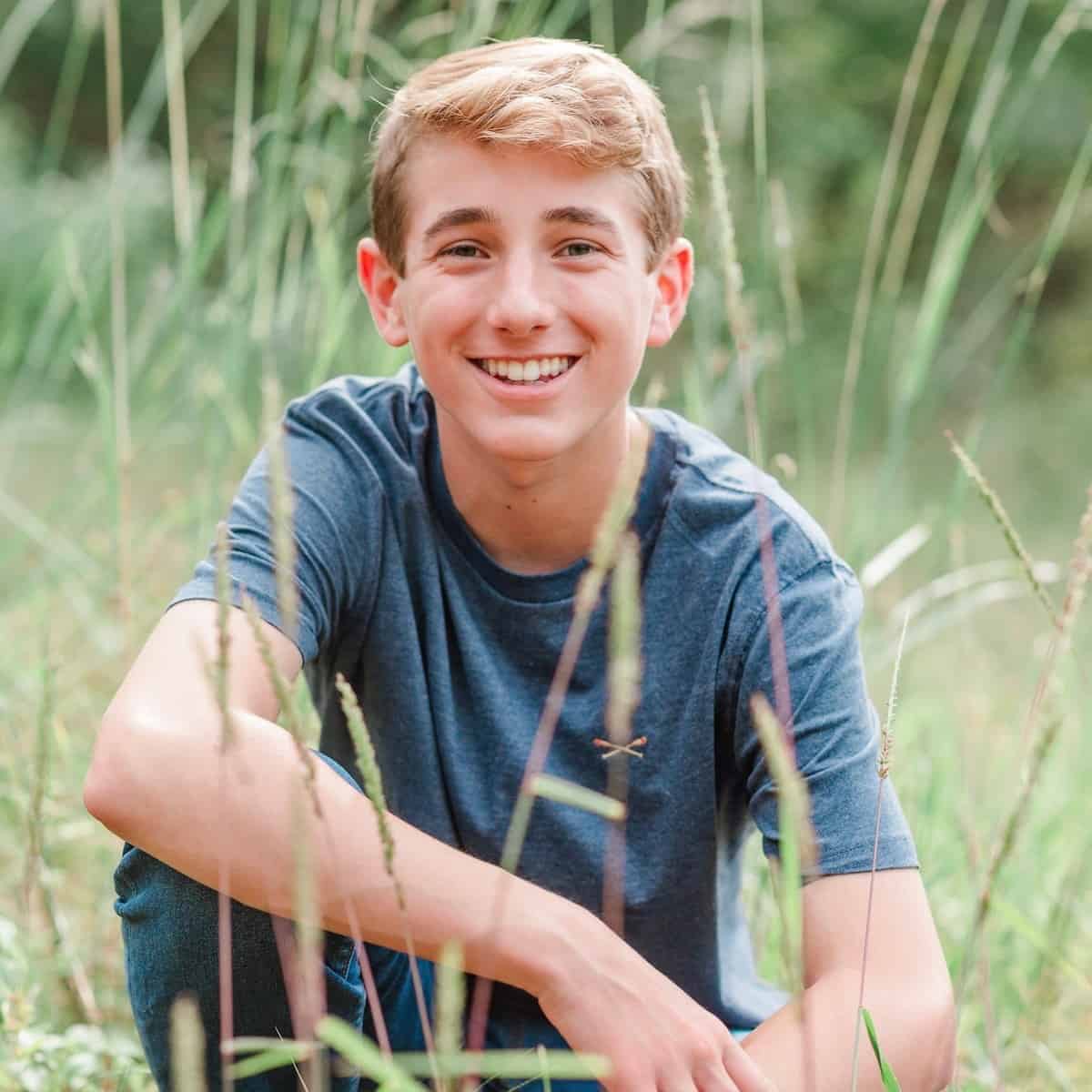As adoptive parents, a question I’m frequently asked is why we chose private adoption when we decided to adopt a baby.
The adoption process varies person by person and adopting a child is a very personal decision.
When learning about adoption in the United States, it is important to note the many different paths available for placement: international adoption, working with adoption agencies, working with a public agency, dealing directly with the birth parents, working with social workers and family services, or even foster parenting prior to adopting.
Adoptive families can feel overwhelmed at the options before them and it is important to decide which route for adopting that you want to take prior to beginning the process (even before starting your home study)!
I’m so thankful to have a guest post today from a mama who has walked the path of foster care and can better explain the difference between fostering a child and foster care to adopt as well as provide information about foster homes to help those who may be interested in foster parent recruitment and helping foster youth who may benefit from support and child care from a loving family.
You can read more about our personal adoption story here.
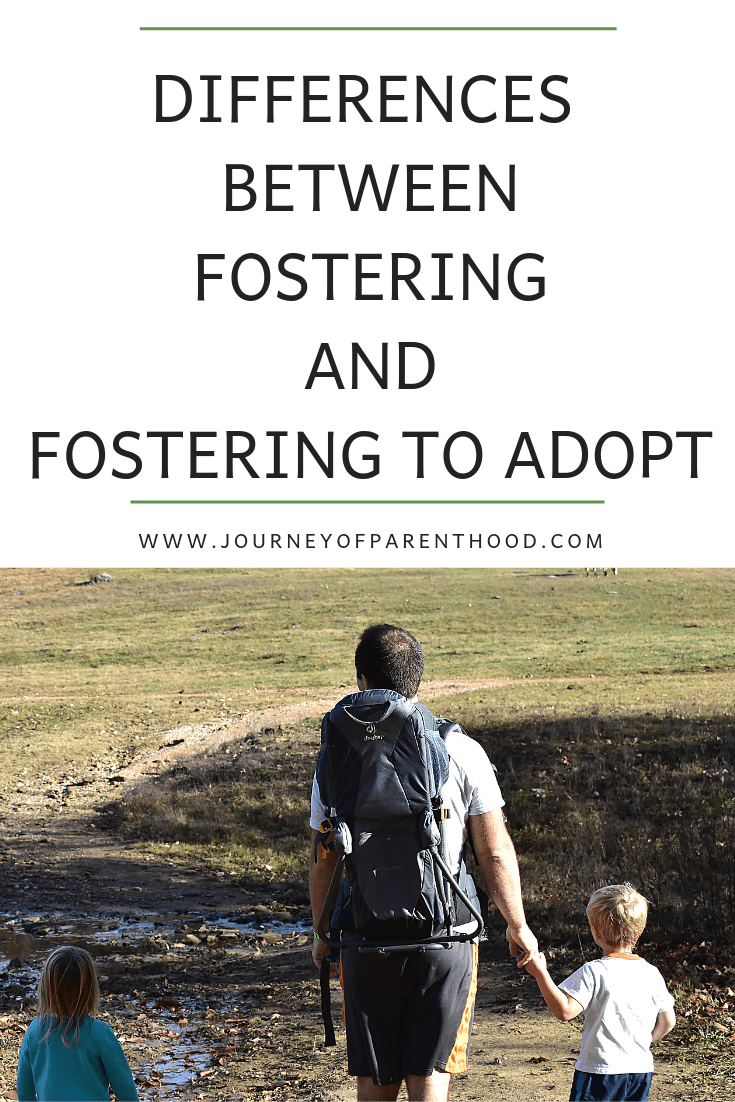
The Difference Between Fostering and Fostering to Adopt – Guest Post by Diane Saghi from At The Birch Tree
Fostering has always been in the back of my mind.
It was a subject my husband and I talked about occasionally, but it always seemed like something in the far distant future.
After two kids back to back, I pushed the thought of fostering completely out thinking I could never take on more children!
But then I emerged from the world of babies and into toddlers and kids.
I felt like I had crawled out of my hole of survival and the subject of foster families came up more and more in our conversations.
After a year of looking through the growing amount children and young people available for adoption through social services and the foster care system, I realized there was never going to be the “perfect” time to start fostering, and there was no real reason to wait.
We quickly learned the terminology and process of the foster care program is overwhelming at the beginning.
So before you get started, you need to decide if you will be a foster home or a foster to adopt home as prospective foster parents.
What are the biggest differences between fostering and fostering to adopt?
I will walk you through 7 unique aspects of a foster home and 7 unique aspects of a foster to adopt home to help you with your decision so you can be a successful foster parent:
What is a Foster Home:
- You are likely to get a child who is either a) coming from a home without rules or boundaries plus whatever trauma (or even child abuse) the child sustained that caused the state to remove them, or b) coming from a previous temporary home or group homes who for many different reasons cannot or will not keep the child.
- You are likely to have a child with undiagnosed disorders, behavioral issues, or physical/mental delays.
- You are likely to have quite a few doctor appointments and therapy appointments for the child, depending on the child’s level of trauma and special needs.
- You are likely to participate in the reunification process with the biological parents if the case moves in that direction. That means visitation with the family members anywhere from one time a month to a few times a week.
- You are likely to experience a higher level of behavioral issues following the visitations with the biological parents.
- The primary goal of foster care is family reunification with the child’s birth parents, but you are also an advocate for the child. This can sometimes be a very conflicting role.
- If the case moves towards adoption, as the current foster parent you will be given top priority to adopt the child, even if you are not a foster to adopt home.
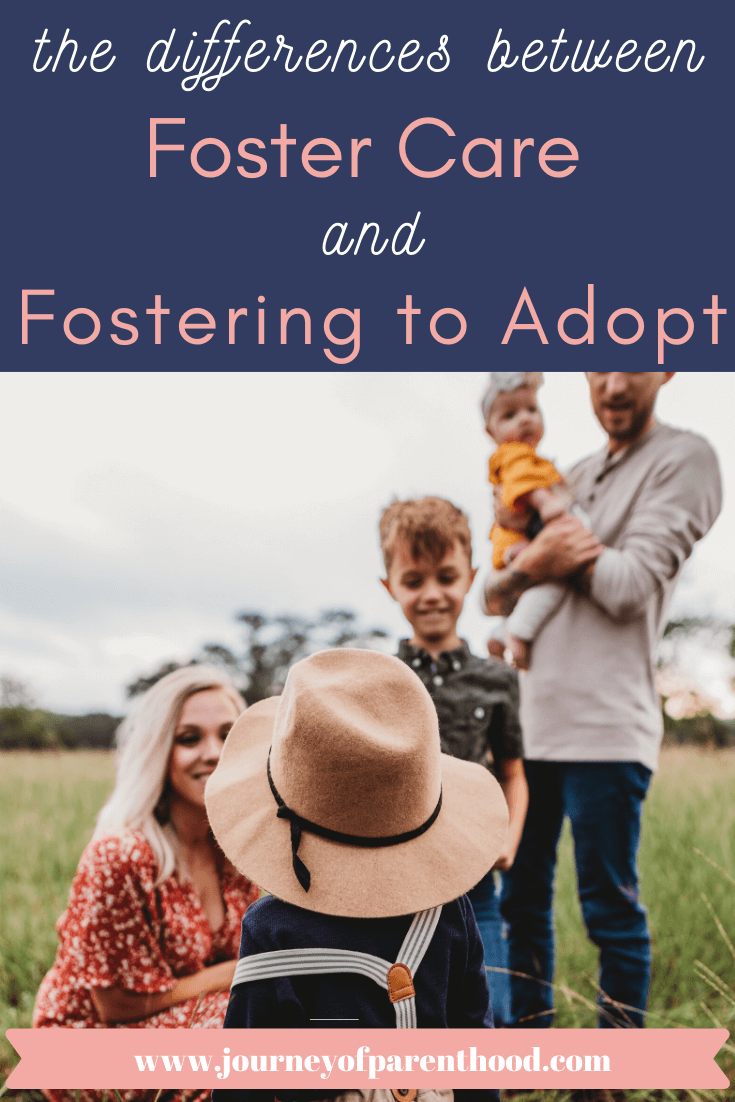
What is a Fostering to Adopt Home:
- You are likely to get a child who has had a long adjustment period to a household of boundaries and rules, as well as positive interactions with a person in authority and sibling groups.
- You are likely to receive a stack full of paperwork defining the trauma, how the trauma has affected the child, and what methods of home care have been put in place over the course of the child’s time in the foster home to help their mental health.
- Your child is likely to have developed many healthy coping mechanisms through the therapy and current foster home to help them work through their trauma and anxiety, which will be helpful with bonding for you and the child.
- You are likely to experience a transition period from the foster home to your own home, so you might not receive the foster child as soon as you agree this is a child you want to adopt. The length of the transition period depends on the child’s ability to adjust with change.
- You are likely to experience an adjustment period or a period of behavioral issues, especially if the child bonded with the foster family. Be patient as the child assesses the safety of his/her new “forever” home and learns to navigate the new environment.
- Often times foster parents choose to adopt their foster child if the opportunity arises. If you specifically want to adopt a child on the younger end (around 8 years of age or younger), you might have to wait a longer length of time.
- Until the termination papers are signed, the child is not legally yours, even if you are a foster to adopt home. Even if the case has been moving towards termination the entire time the child has been in custody. Even if the child was moved from foster home to a foster to adopt home. As long as the parents have rights, anything can happen, and you might find yourself in a situation where the child is removed from your home to reunite the child with their birth family.
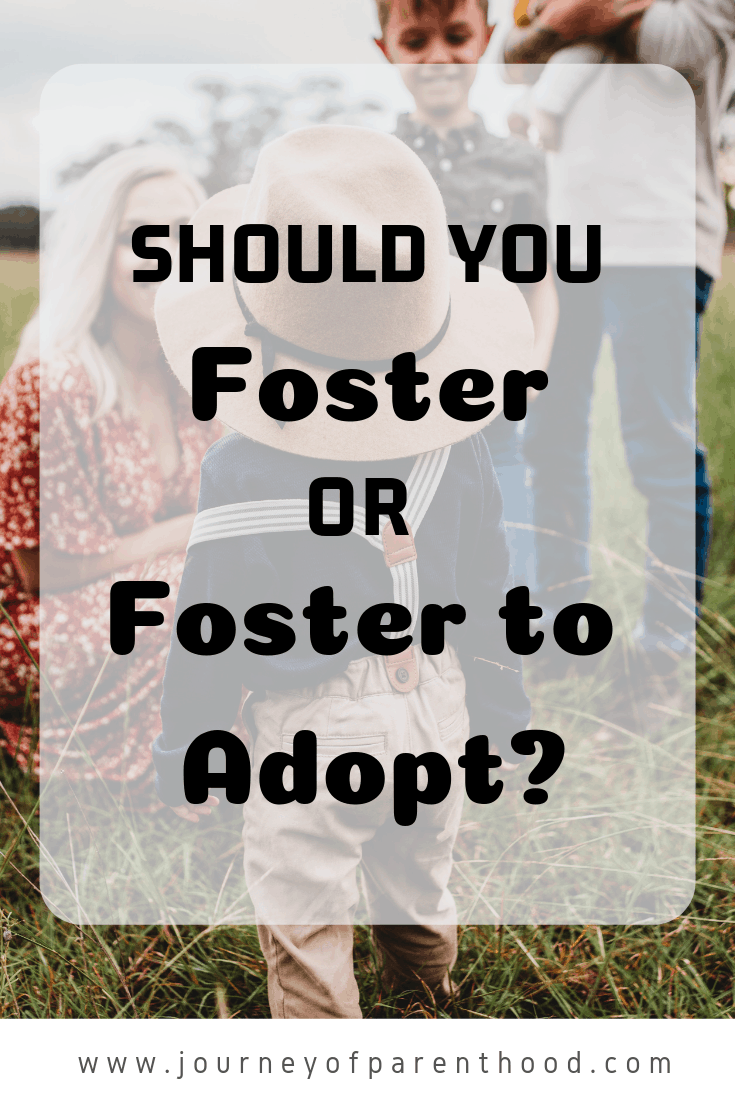
What did we choose for our family? We chose to become a foster family without intentions to adopt.
We accepted our first foster child into our home understanding it was a temporary arrangement.
As we worked through her trauma and watched her become a strong, confident child, we, of course, fell in love with her.
When her case moved to adoption, we had a tough decision to make.
We had not planned on our family growing forever, but we knew another move, another family, another new environment to learn, would create a little more trauma.
After a lot of praying and discussing, we made one of the hardest decisions we have made during our fostering journey. We said no to adopting her.
We just knew another family had been patiently waiting for her, and as hard as it was to admit, we were not that family.
After a brief search, we found that family and were blessed to be a part of the transition period into her “forever” home. We still maintain a healthy relationship with them and know she went to a loving home.
We have also experienced foster children who were moved into our home from a heartbroken foster to adopt home because the case turned from the termination of parental rights back to reunification with the birth families.
Fostering, whether it is for temporary placements or to adopt, is not for the weak.
There are no guarantees. Expect the unexpected. Expect to be surprised where your heart leads you.
If you’ve been thinking about fostering or fostering to adopt, I urge you to take a leap of faith and jump into it.
You may experience heartbreak, but you may also experience welcoming the child you didn’t know was missing from your family.
We have not regretted any child we have brought into our home.
Yes, some days are so hard, especially the transition period in the beginning. But our “new” family eventually settles into a rhythm.
When they leave, we have another transition period before falling into another new rhythm. You can read about our first foster love and how she impacted our family and our hearts here.
Will we become an adoptive home at some point? Probably.
But for now, we will remain a foster only home to help with the transitional stages and care of a child, whether that is back to the biological family or to a new, permanent home.
If you would like to learn more about our foster care journey, follow our story on Facebook, Instagram, or atthebirchtree.com
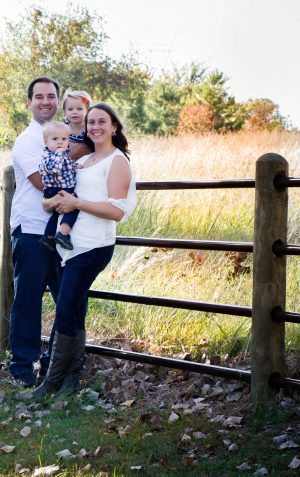
About the author: Diane Saghi is a stay at home mom to two children and a foster mom to many more. Her family started the process for fostering in 2017 and have welcomed multiple children in their home since then. She enjoys singing, reading, and writing. In the summers you will find her family camping, at the lake, or rock climbing.
- 10th Birthday Message For My Daughter Love Mom {Tess’s 10th Birthday Letter} - June 12, 2025
- Tips to Maintain Structure While Traveling with Kids - May 22, 2025
- A Letter to my Son on His 16th Birthday From Mom (Kye’s Bday Letter) - April 30, 2025

